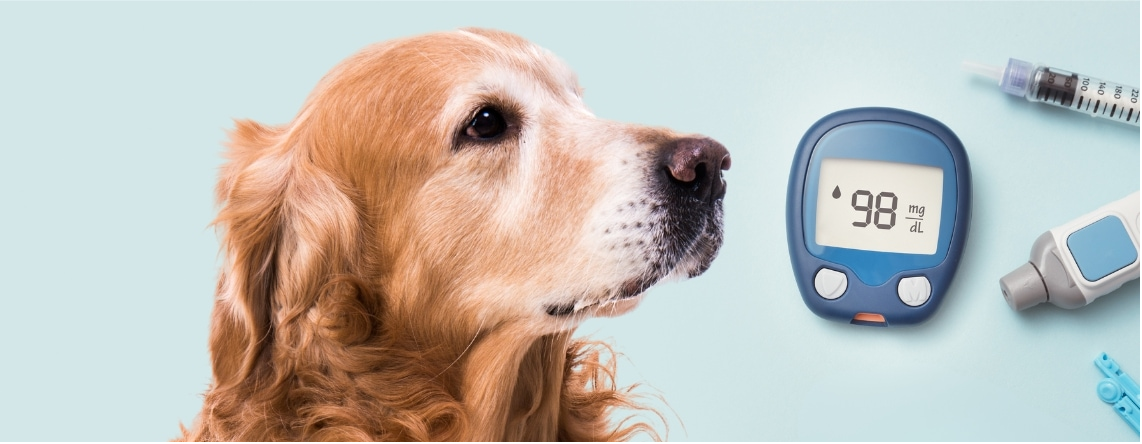Summery :
- What is Diabetes?
- Diabetes Mellitus
- Consequences
- Complications
1- What is Diabetes?
The clinical pictures included under the term diabetes are fundamentally represented by:
Steroid diabetes , caused by overproduction of glucocorticoids ( cortisol ), caused by a disease called ” Cushing’s syndrome “.
Diabetes mellitus , which is diabetes proper, due to a deficiency or altered functionality of insulin ;
Diabetes insipidus , caused by a lack or impaired function of the antidiuretic hormone (ADH);
[blockquote align=”none” author=”Steve Jobs”]Your time is limited, so don’t waste it living someone else’s life. Don’t be trapped by dogma – which is living with the results of other people’s thinking[/blockquote]
2- Diabetes Mellitus
Diabetes mellitus is a disease that has, as its sole cause, the altered production or function of insulin.
Insulin is a hormone produced by the endocrine pancreas , which, together with other compounds, is responsible for maintaining glycemia (amount of glucose in the blood ).
The endocrine pancreas has various types of cells including:
- α cells responsible for the production of the hormone glucagon, which stimulates the production of glucose by the liver cells , therefore having a hyperglycemic effect (increases blood sugar levels).
- Beta cells produce insulin, which has a hypoglycemic effect (lowers blood sugar levels) because it causes the cells to take up blood glucose (found in the blood) and inhibits its production by the liver.
The synergistic action of insulin and glucagon therefore allows for the regulation of blood sugar levels, maintaining them at physiological levels ranging from 70 to 110 mg/dl. In short, when the cells need glucose (primary energy source), glucagon ensures that it is produced by the liver and released into circulation (increase in blood sugar levels) to then be captured by the cells which then use it thanks to insulin (which causes hypoglycemia ).ns.
Filaria is a potentially fatal disease, with a very slow progression.
Consequences
What are the symptoms and consequences of diabetes in dogs and cats?
When the animal suffers from diabetes mellitus, the lack of insulin causes a large deficiency of intracellular glucose (inside the cells), due to the inability of the cells themselves to incorporate the glucose found in the blood. As a consequence of the lack of intracellular glucose, the cells trigger all those processes that lead to a greater production of glucose (with also a greater production of glucagon).
This creates a vicious circle in which the cells are increasingly deficient in glucose and the blood is increasingly rich in it, therefore the blood sugar level increases more and more.
The lack of insulin causes the cell to activate those mechanisms that lead to the production of energy starting from non-carbohydrate substrates: fats ( glycerol incorporated into the triglyceride molecule ) and proteins (which determine weight loss in the animal). Furthermore, there is polyphagia ( increased appetite ), because insulin is also responsible for the activation of the “satiety center”, which, in the absence of this hormone, is not activated and therefore induces a constant appetite that determines a further increase in blood sugar .
At the renal level , glucose generally passes the renal filter and is then reabsorbed, again by the kidney, by the so-called proximal convoluted tubule. If the concentrations of glucose in the blood are excessive (marked hyperglycemia), as occurs in diabetes, the kidney is no longer able to reabsorb all the glucose, which therefore passes partly into the urine ( glycosuria ). Since it is an osmotically active molecule (it attracts water), glucose prevents the reabsorption of water by the kidney, with consequent polyuria (increased urine output).
In turn, excessive water loss through urine causes hypotension ( low blood pressure ) which, in addition to having a negative effect on various organs, including the kidney, stimulates the animal to drink a lot of water ( polydipsia ).
Complications
What are the Complications of Diabetes in Dogs and Cats?
Over time, occasionally in animals that are undergoing therapy, but especially in those in which diabetes mellitus has not been diagnosed, and therefore untreated, the clinical picture worsens and further complications arise.
Cataracts (clouding of the lens with loss of vision ) are probably the most common complication that occurs in dogs with diabetes mellitus. Alterations in the lens (part of the eye ) occur because constant hyperglycemia causes an accumulation of carbohydrates in the lenses (lenses) that indirectly cause a breakage of the lens fibers themselves.
Diabetic ketoacidosis ( DKA) is perhaps the most serious complication that can be found, in the vast majority of cases, in animals that were previously unaware of having diabetes mellitus and were therefore not undergoing therapy. The prolonged lack of insulin determines, over time, a greater use of lipids to produce energy at the expense of carbohydrates. This leads to the production, then accumulation, of ketone bodies in circulation that determine metabolic acidosis (the animal suffers from halitosis : breath that smells of acetone). When the ketones reach concentrations such that they can no longer be reabsorbed by the kidneys, they flow into the urine ( ketonuria ), increasing diuresis and the excretion of electrolytes ( sodium , potassium , magnesium ). The metabolic alterations caused by DKA can seriously endanger the life of the animal.
Diabetic neuropathy is also a common complication in cats with diabetes mellitus. Although the cause is not yet fully understood, this complication presents with motor deficits (cats, while walking, support their hocks), weakness, incoordination and lack of reflexes.
Finally, as a consequence of all those metabolic alterations caused by untreated diabetes mellitus, we can have complications such as pancreatitis (inflammation of the pancreas), hepatic lipidosis ( accumulation of lipids in the liver ), retinopathy (disease of the retina ), bacterial infections and glomerulonephropathy (kidney disease).




